
[This is a guest blog post by Adam Salinger]
After nearly 30 years of teaching at every grade level from K-12, I’ve often been asked how I managed to integrate my love of long-distance backpacking into all of my teaching positions, as well as how it has impacted my former students in their adult lives.
My exposure to the wilderness began at the age of 8 at summer camp in the northern Sierra Nevada. I had grown up in the concrete jungle of Los Angeles with parents whose idea of spending time outside included trips to the public beach and choosing “outdoor seating” at local restaurants. At summer camp, I finally understood what a true sense of awe feels like. Awe didn’t come from going to the local waterslides, a movie theater, or blowing out the candles on a birthday cake. Only nature created an internal sense of awe.
Awe in the backcountry begins with a feeling of overwhelming wonder created by the sheer vastness of the landscape, which shrinks my size and connects me to something larger than myself. As I become more deeply connected to nature, my awareness is heightened in a way that I notice details I might otherwise overlook. As I become fully immersed in the beauty of my surroundings, despite the physical challenges, I find a profound sense of peace in it all.
These are the feelings I’ve tried to help my students experience. When I’ve been lucky enough to take students into nature, the opportunities present themselves naturally. But often I’m not able to take my students to nature and instead have to help bring those experiences back to the classroom. This is when I’ve designed curriculum around long distance backpacking. My first of many times was to integrate a classroom of 4th graders into planning an upcoming thru hike of the Appalachian Trail. Students worked in small groups to plan everything from gear, food-nutrition-hydration, daily miles, resupply points and transportation. It was an amazing experience for all of us. I’d always wondered how that year’s group of students was impacted by the activity. Recently, I reconnected with a student in that class. This is what she told me.
Mr. Salinger (sorry Adam, old habits die hard!) treated us as though our collective brain power was quite as good as his for the purposes of planning what was about to be his longest backpacking trip yet, and we took the task seriously. We split up into teams; I was in the miles and route planning group. I learned to read a topographic map and to discern the tiny spaces between the elevation lines, to understand where the trail was going uphill or down, and to measure distances with a string. Our job was to plan his likely daily mileage, making sure that each day got him successfully to a campsite near water. This was probably good math practice, but I didn’t think of it that way; instead, I was imagining hills and valleys and streams in my mind.
I didn’t read a topographical map again until I was in my 20s, but the experience sat somewhere in the back of my mind. It helped me to see myself as a backpacking sort of person, even though I’d never been, so the first time I was invited along on a trip, I said yes with confidence. Of course I could figure it out! After all, I had helped plan an almost 2000 mile trip as a fourth grader. How hard could it be?
A handful of trips in my 20s convinced me that I wanted to pull together the skills to lead trips, instead of just tagging along. So, when an opportunity came up to go on a NOLS trip, I snagged it, just a few months shy of my 30th birthday. I spent two weeks hiking in Alaska’s Talkeetna Mountains, then two weeks sea kayaking in Prince William sound.
As we unfolded maps on the spongy tundra, tracing routes with blades of grace, I thought back to my nine year old self sitting at a classroom desks, tracing routes with string. She would be happy about this, I thought. Now, I was finally in those hills and valleys I’d imagined–sometimes debating which hill was which! I was constantly pulling out my map to make sure I still knew where I was, checking my watch to make sure we were still on track, relying on my fellow hikers for moral support when needed, and offering a smile or a listening ear when someone else was struggling. I was rewarded when the valleys opened up before us: whether the day’s vista was a hillside covered in purple fireweed flowers or a family of mountain goats scampering across the impossibly steep mountainsides that we would slowly traverse the next day.
I grew up in an era when backpacking was very male coded–and it still is. But Mr. Salinger’s class gave me the opportunity to imagine that it could also be mine, and I’ll always be grateful. – Meg Duff
It’s obvious to me that the impact of integrating wilderness experiences into education extends far beyond the classroom. By instilling a sense of awe, connection, and responsibility towards nature, educators can empower students to become stewards of the environment and pursue their passions for outdoor exploration. As former students, like Meg demonstrate, these experiences not only shape individual identities but also inspire a lifelong love for the wilderness. By passing on these values to future generations, we can ensure that the transformative power of nature continues to enrich lives and cultivate a deeper appreciation for the world around us.
Adam Salinger has been an educator for nearly 30 years both in and outside of the classroom. He taught a 4th and 5th grade loop for many of those years before creating and opening an independent study outdoor-centered school for grades K-12. He has hiked over 25,000 miles, and has chronicled his travels since 2000 at Adam’s Treks. To assist others in experiencing the magic of their own wilderness trips, he shares his knowledge and experience through Alpine Adventure Coaching.” He can be found in Instagram @dreamer2000at and at @alpineadventurecoaching. Also on Facebook and YouTube @alpineadventurecoaching.

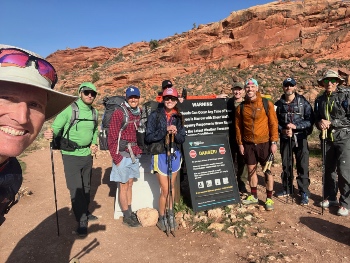
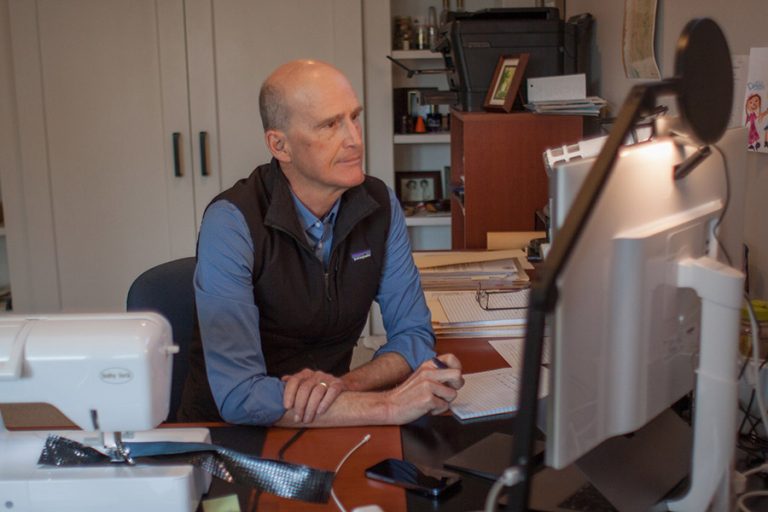
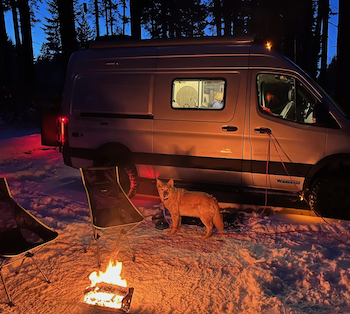
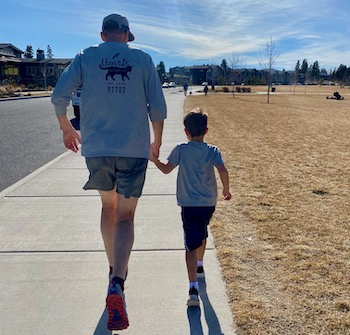
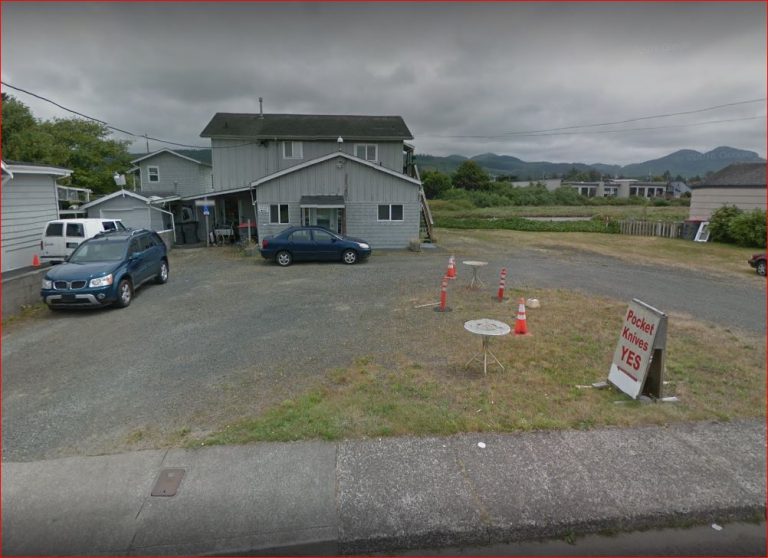
Wow, Adam, that letter was incredible. I remember her fascinating research on palm trees.
It true, you positively affect everyone you touch. I cannot begin to attempt to quantify the impact you’ve undoubtedly made over the years, as your contagious love for the outdoors permeates and propagates through the people whom you’ve met on the trail or have taught in the classroom.
If only all of us could make that much of a difference…
Cheers,
Derek